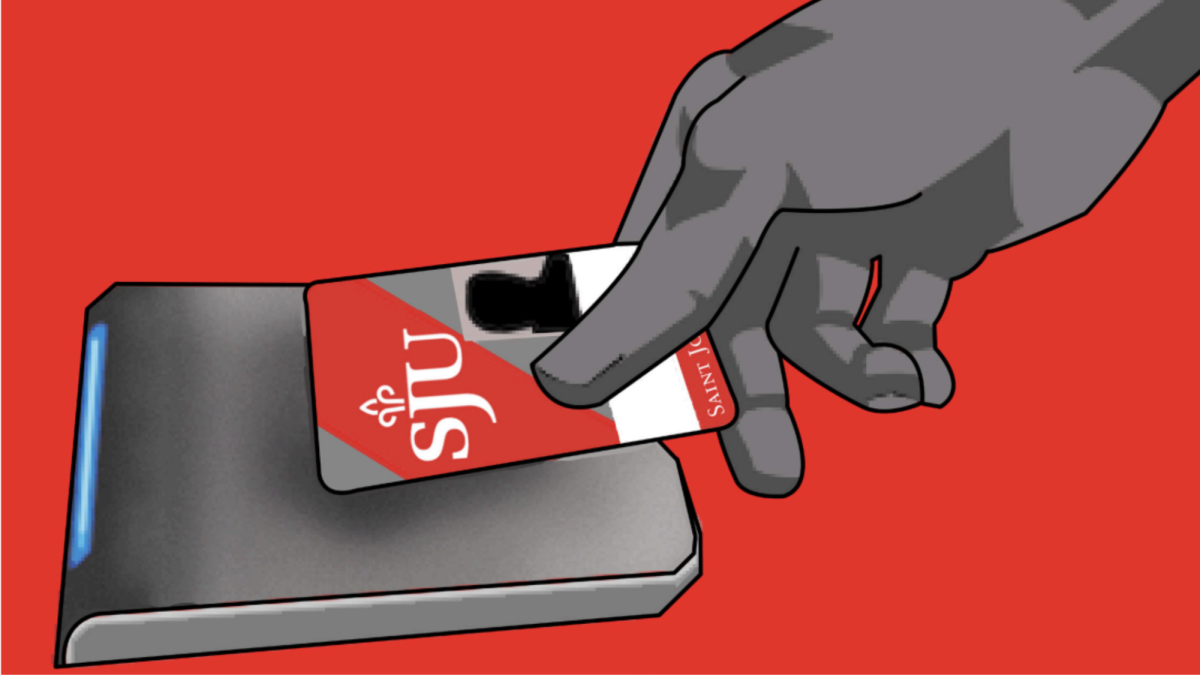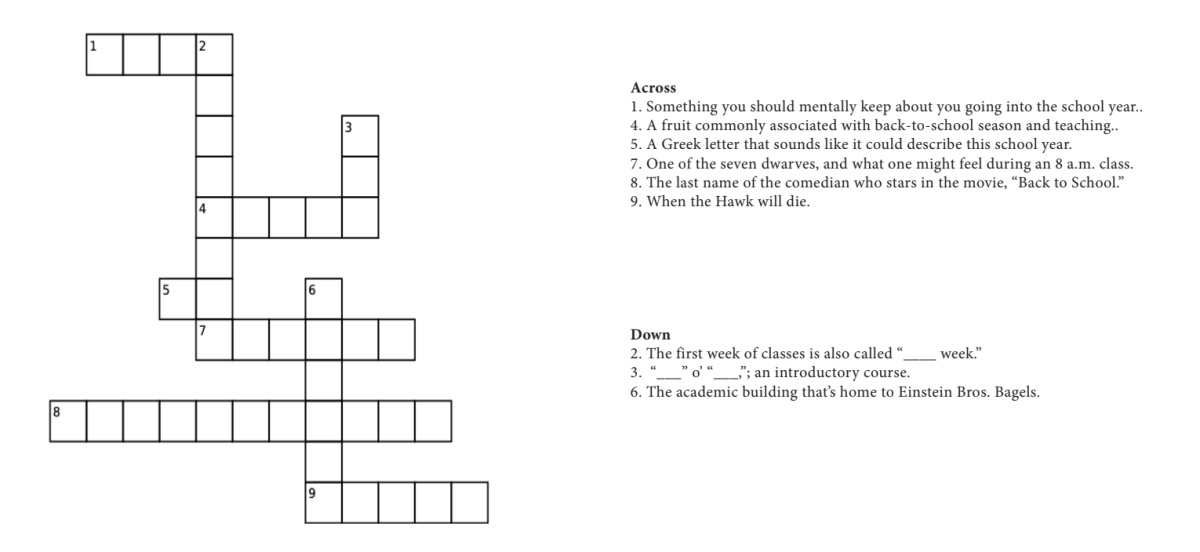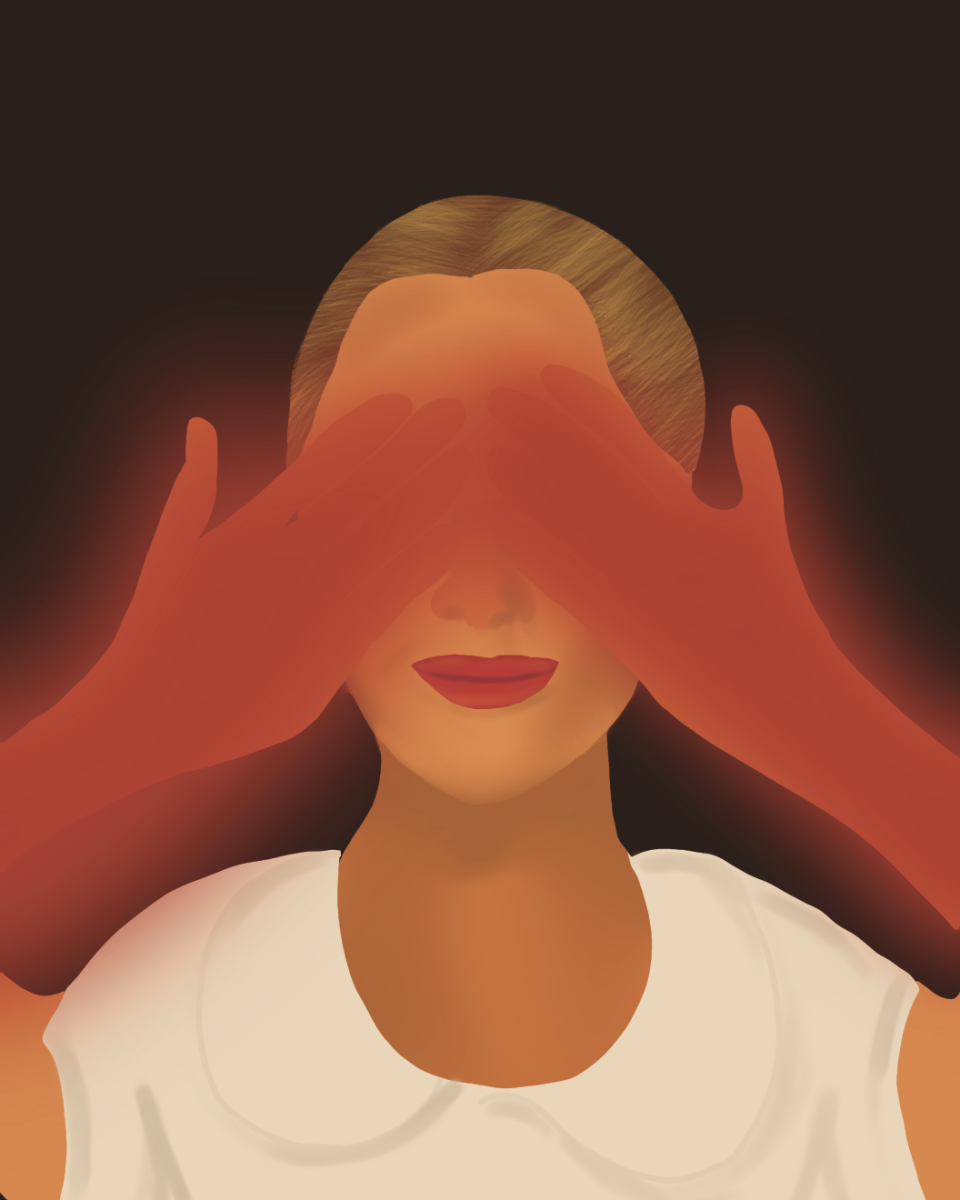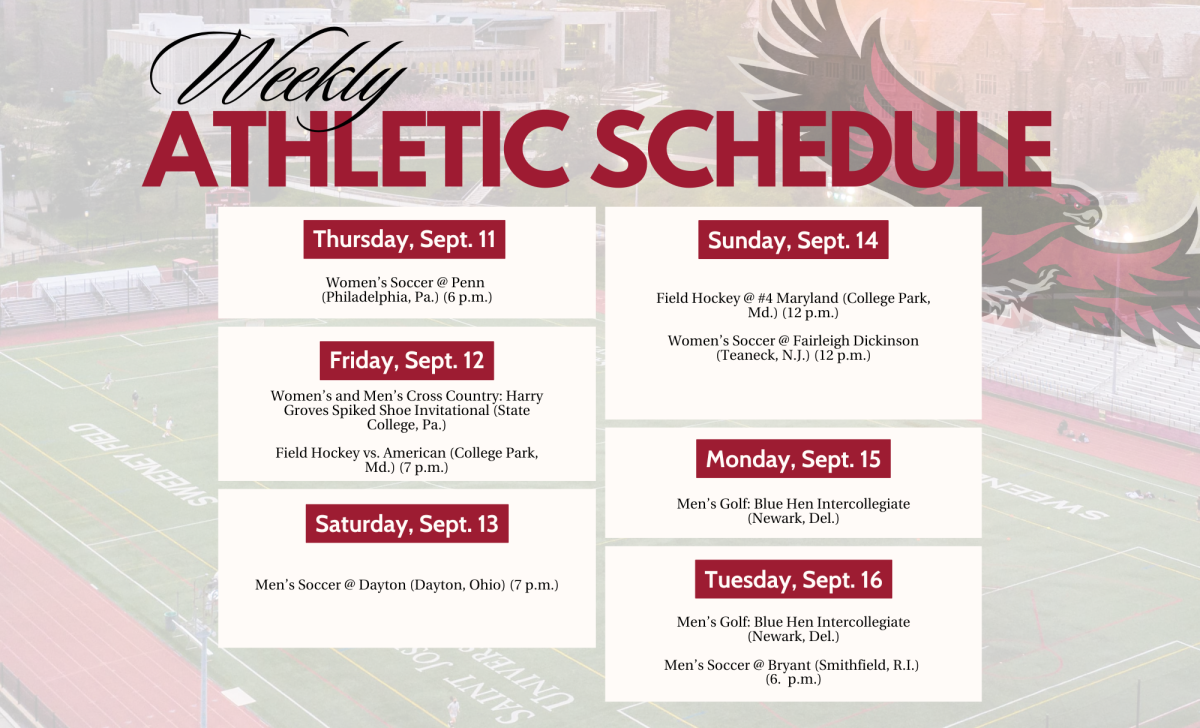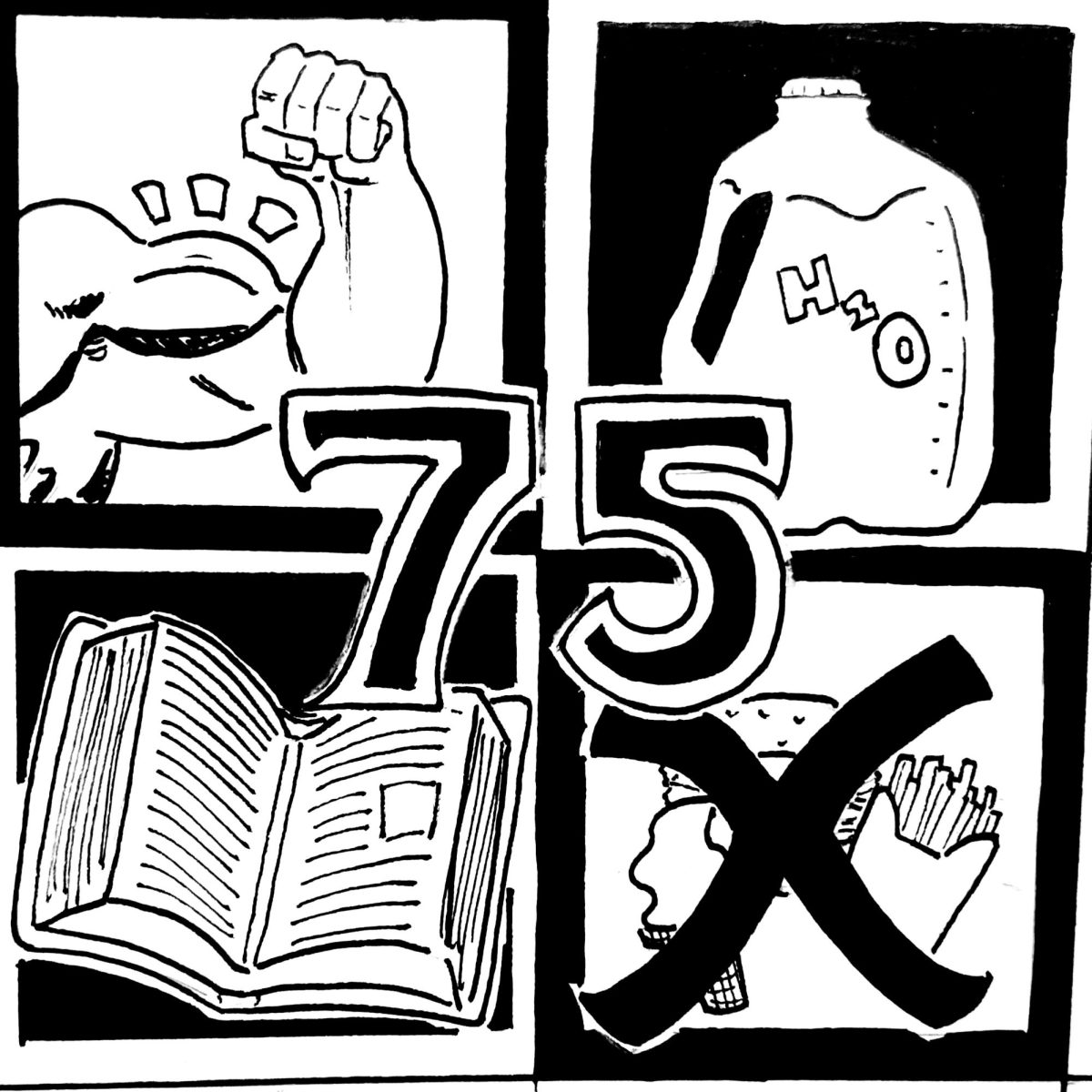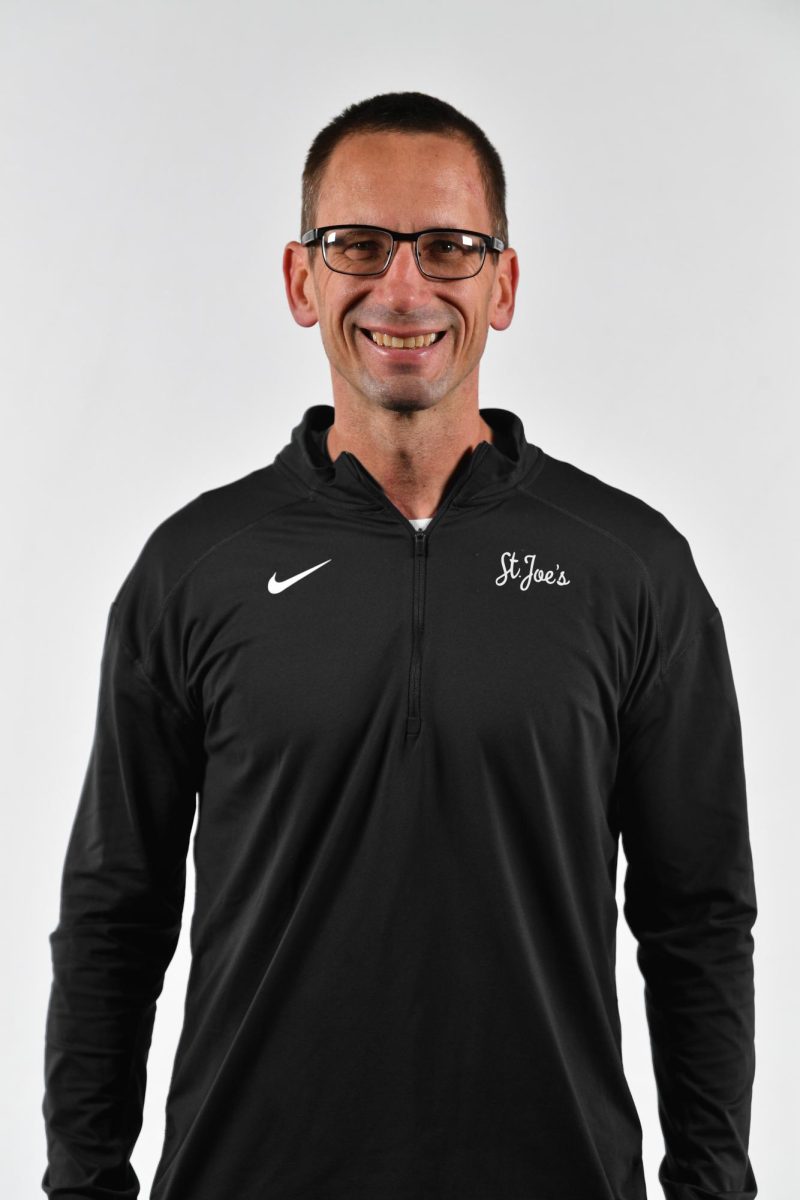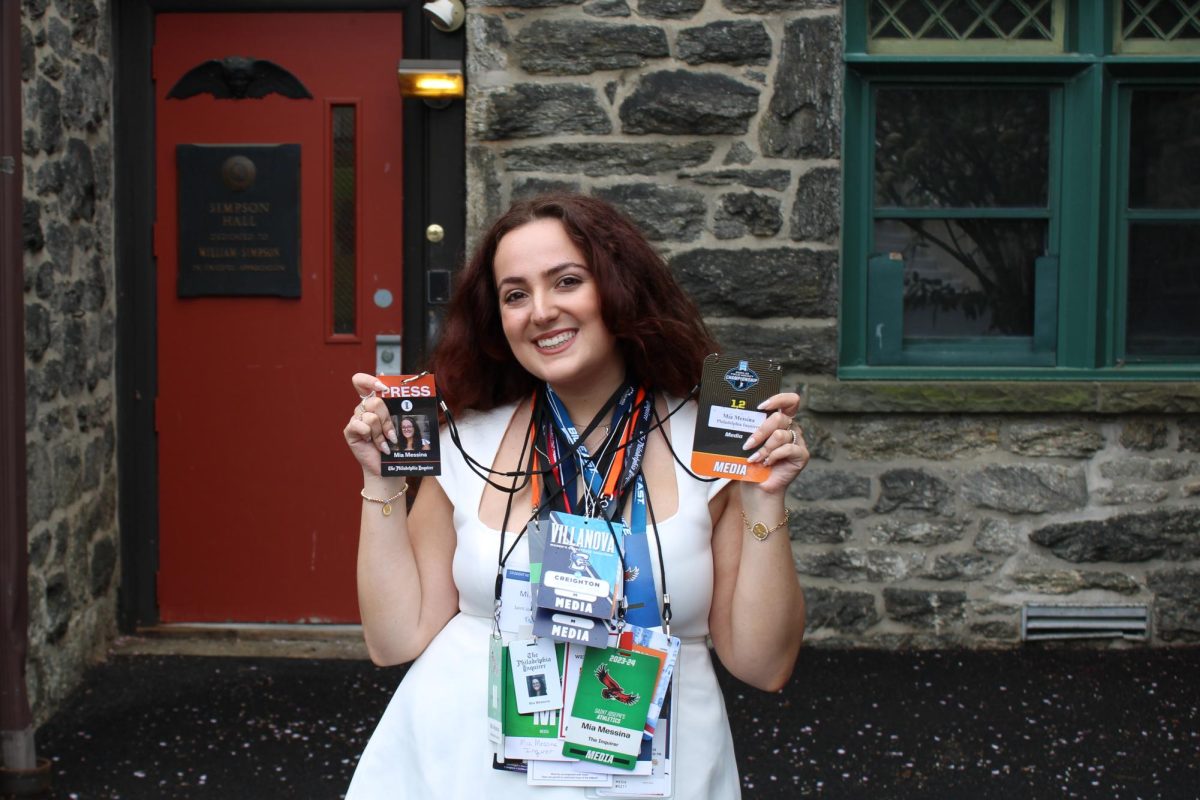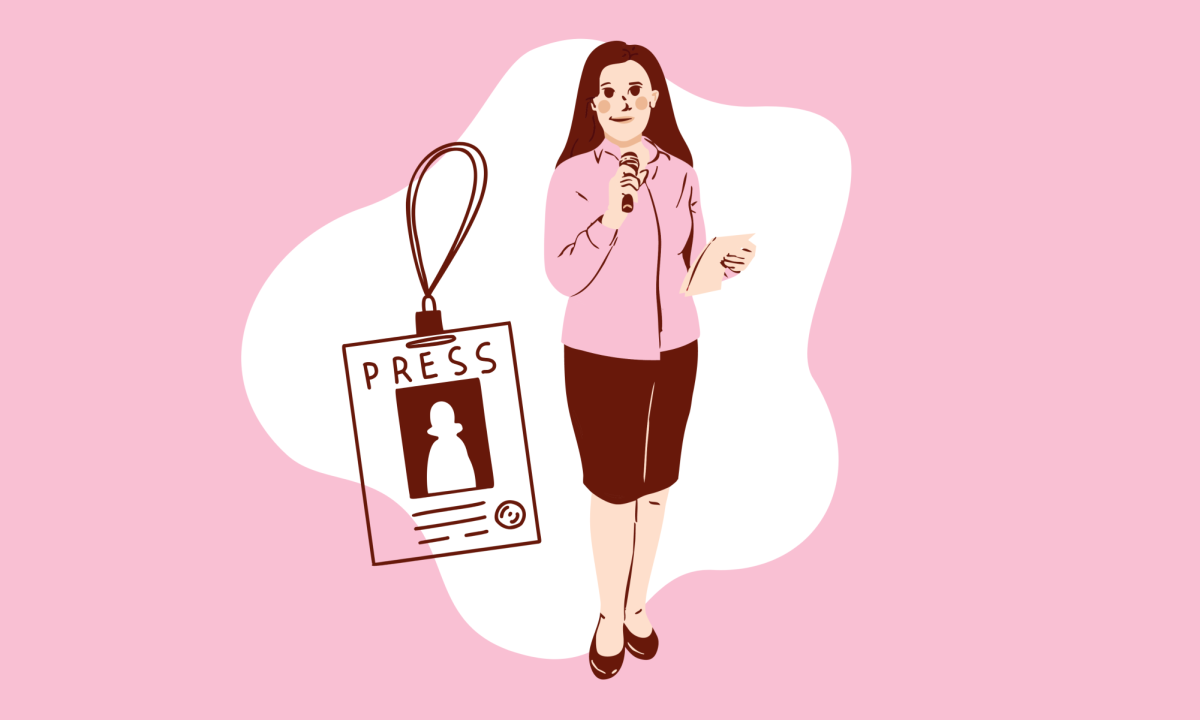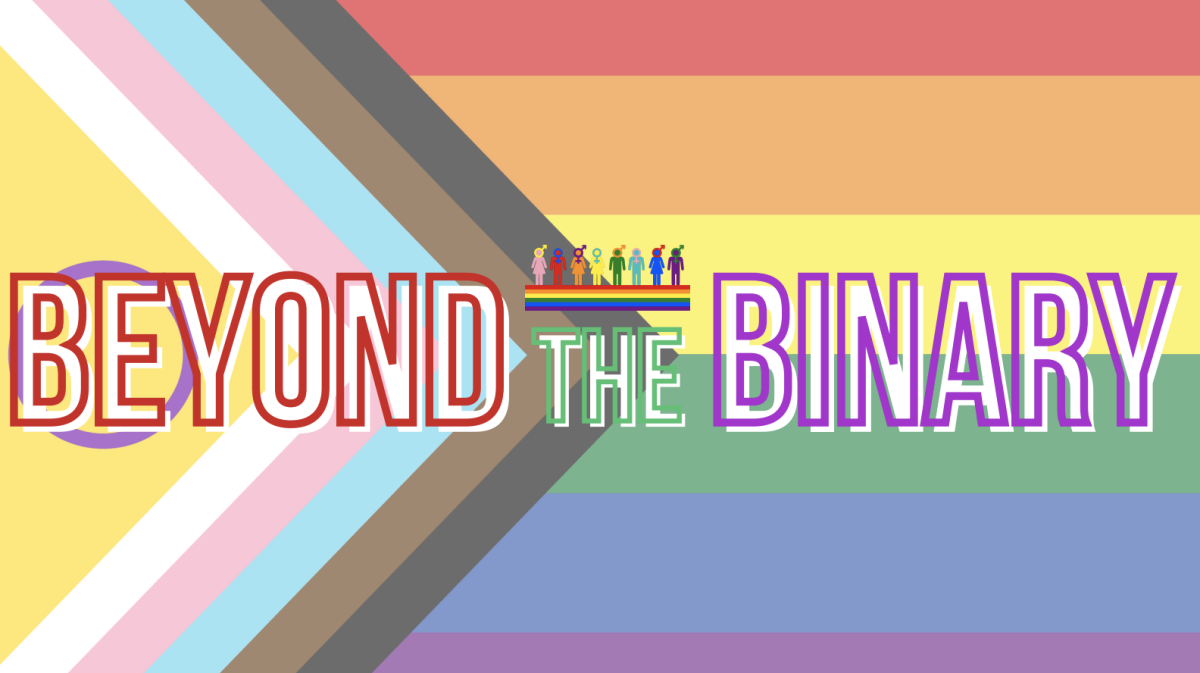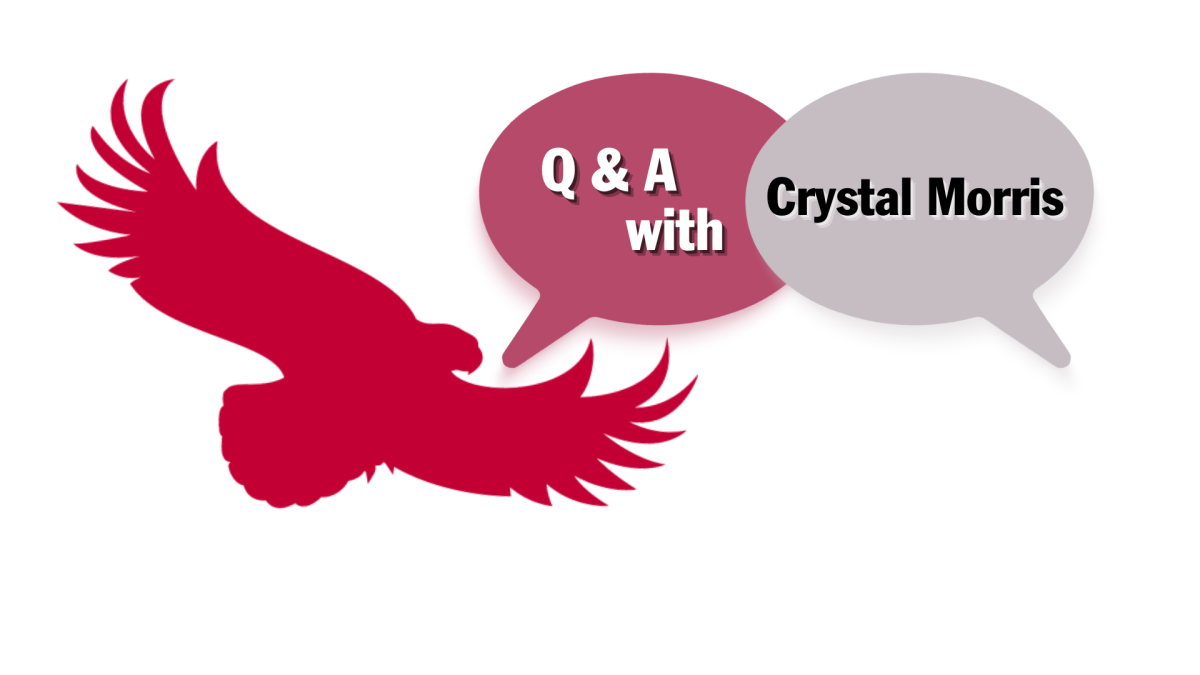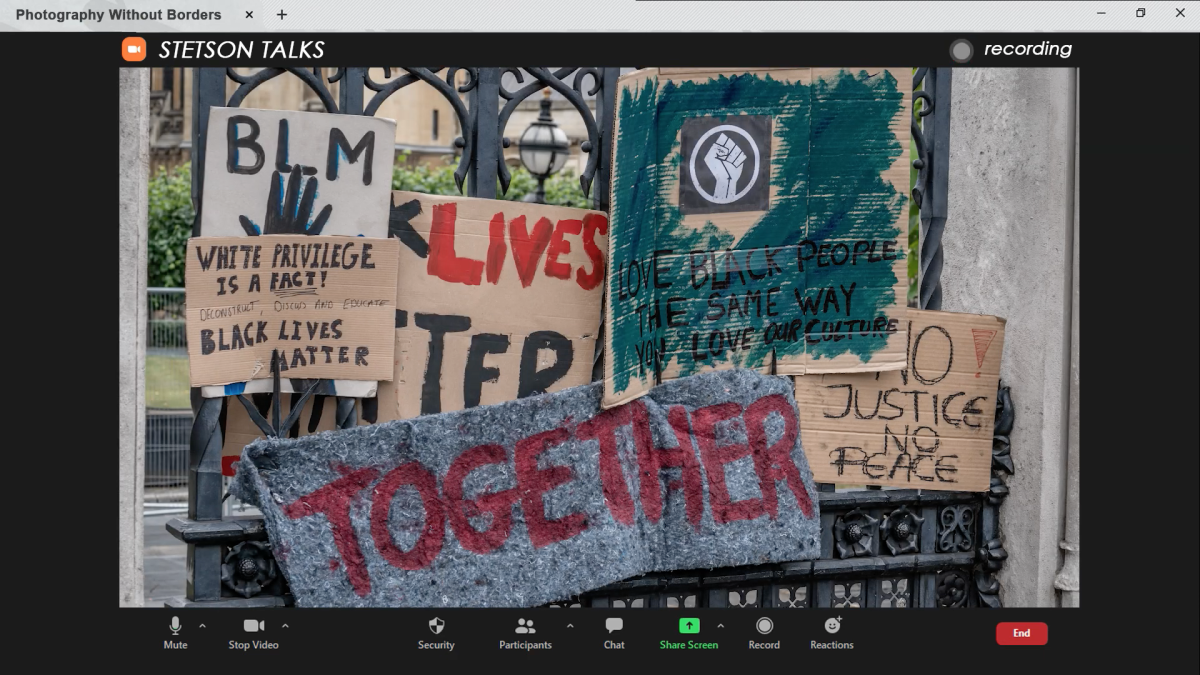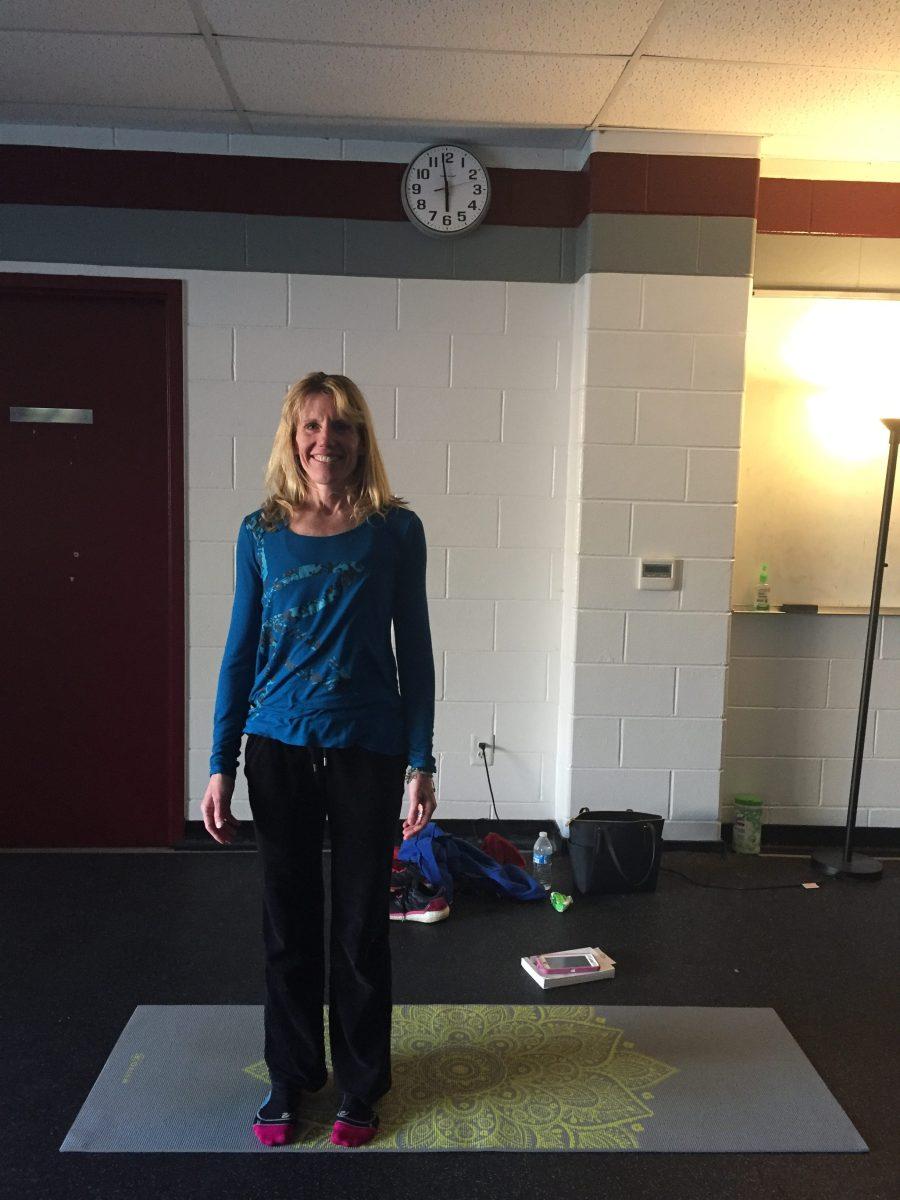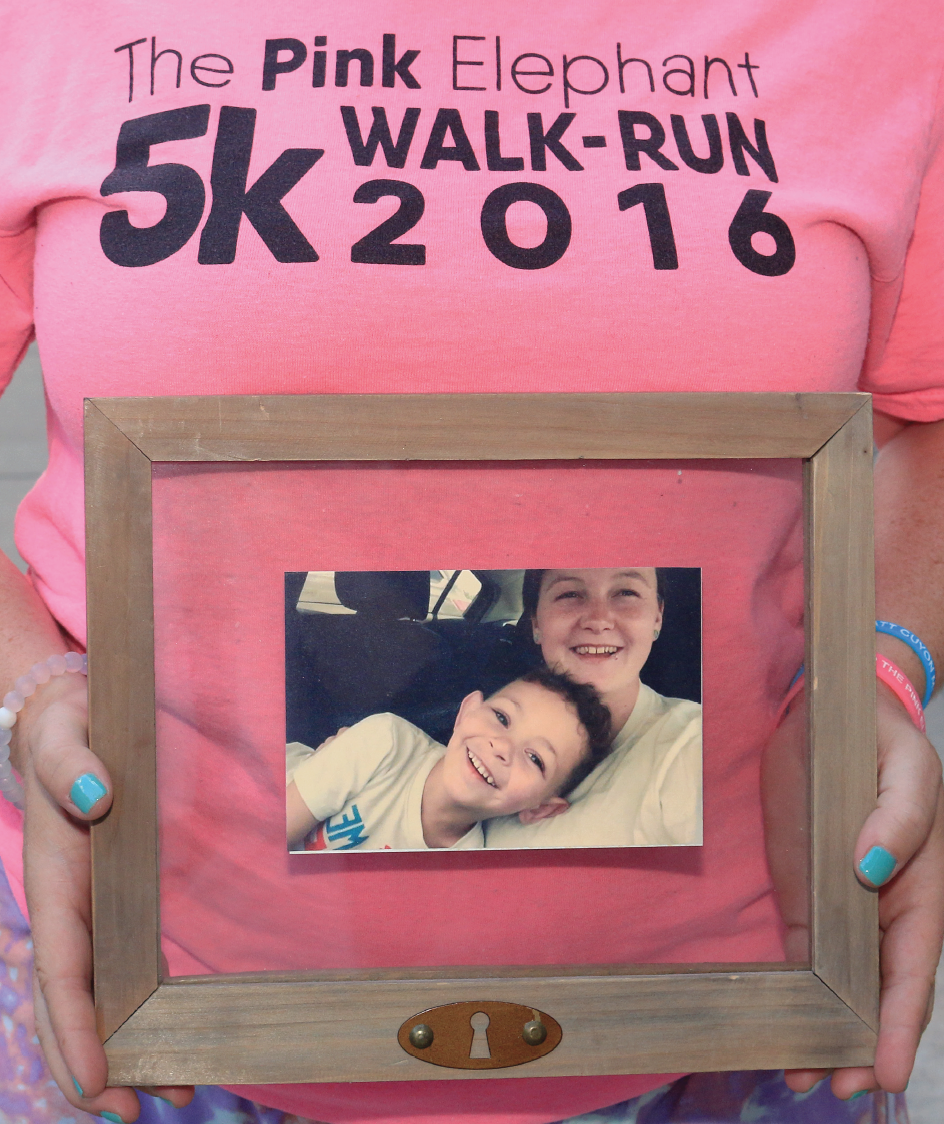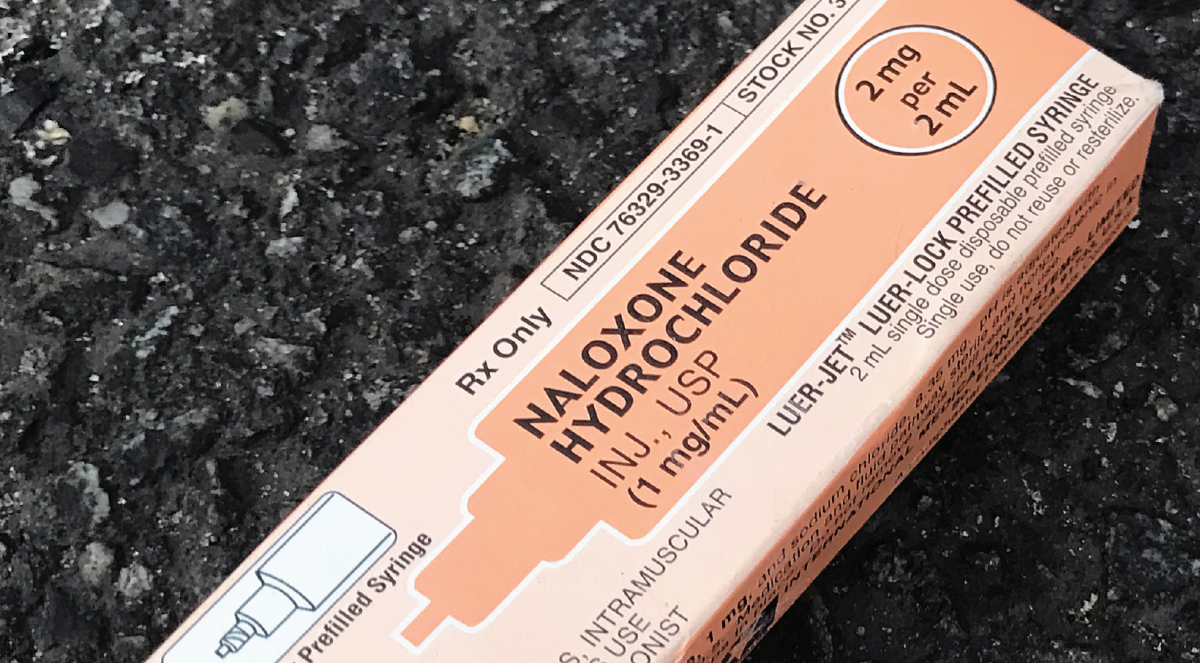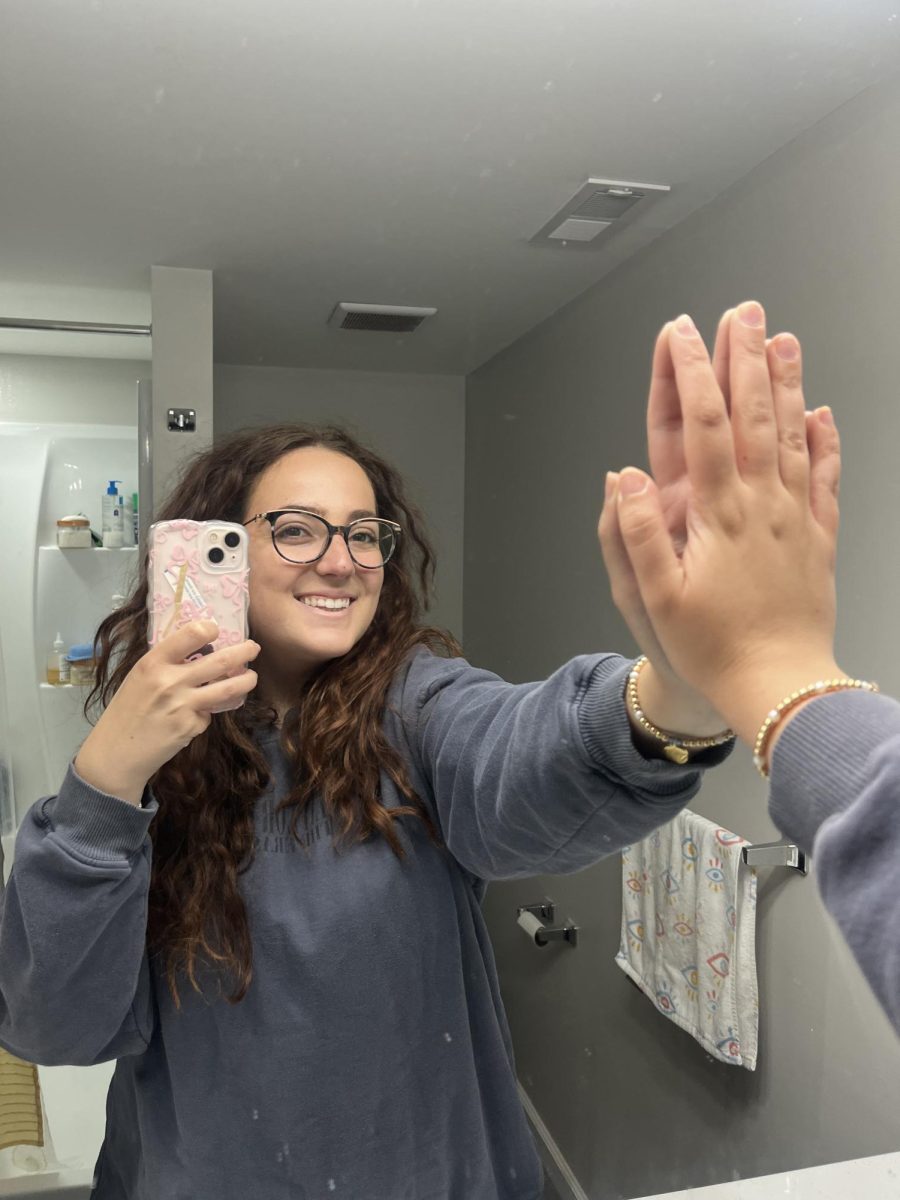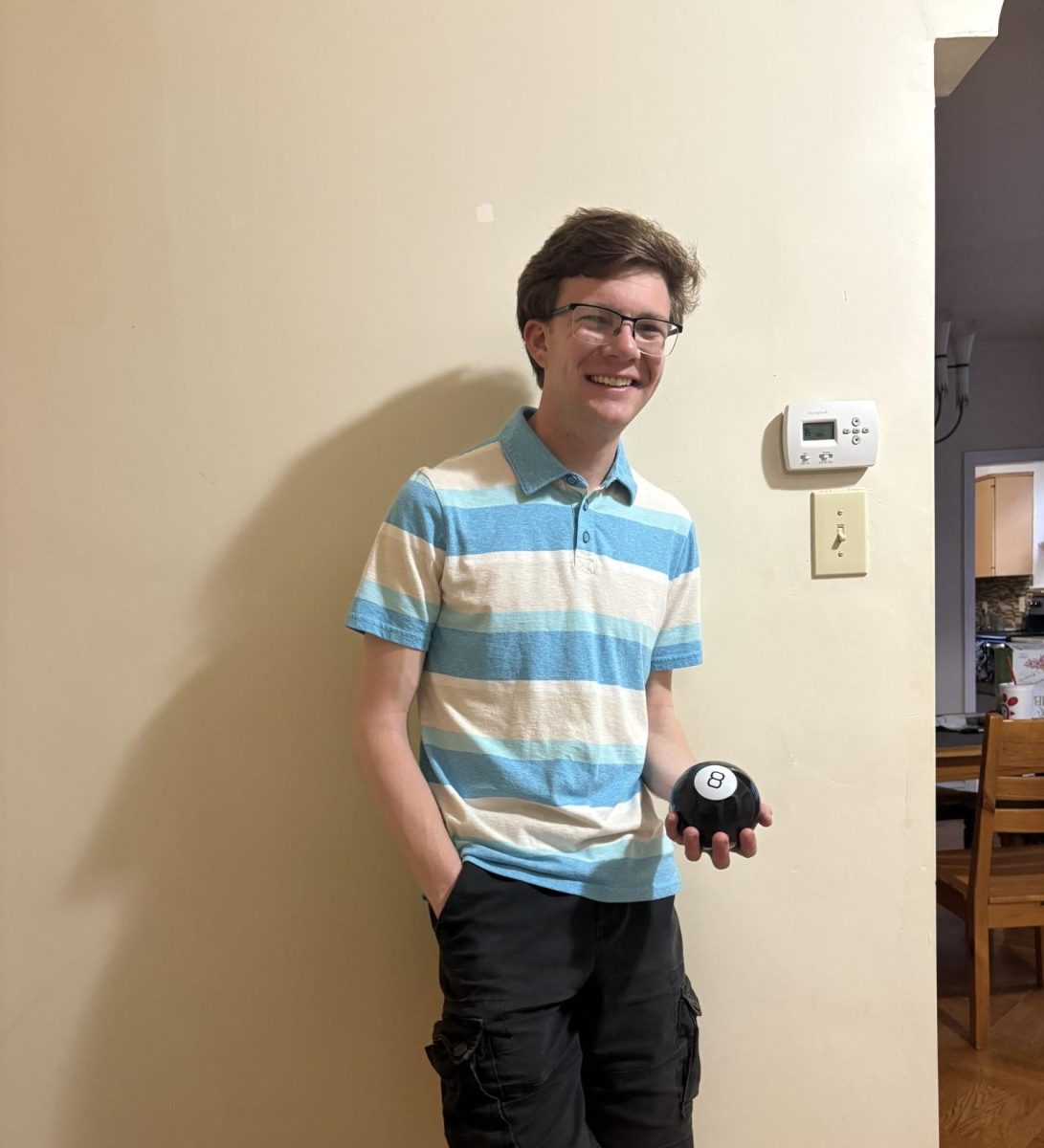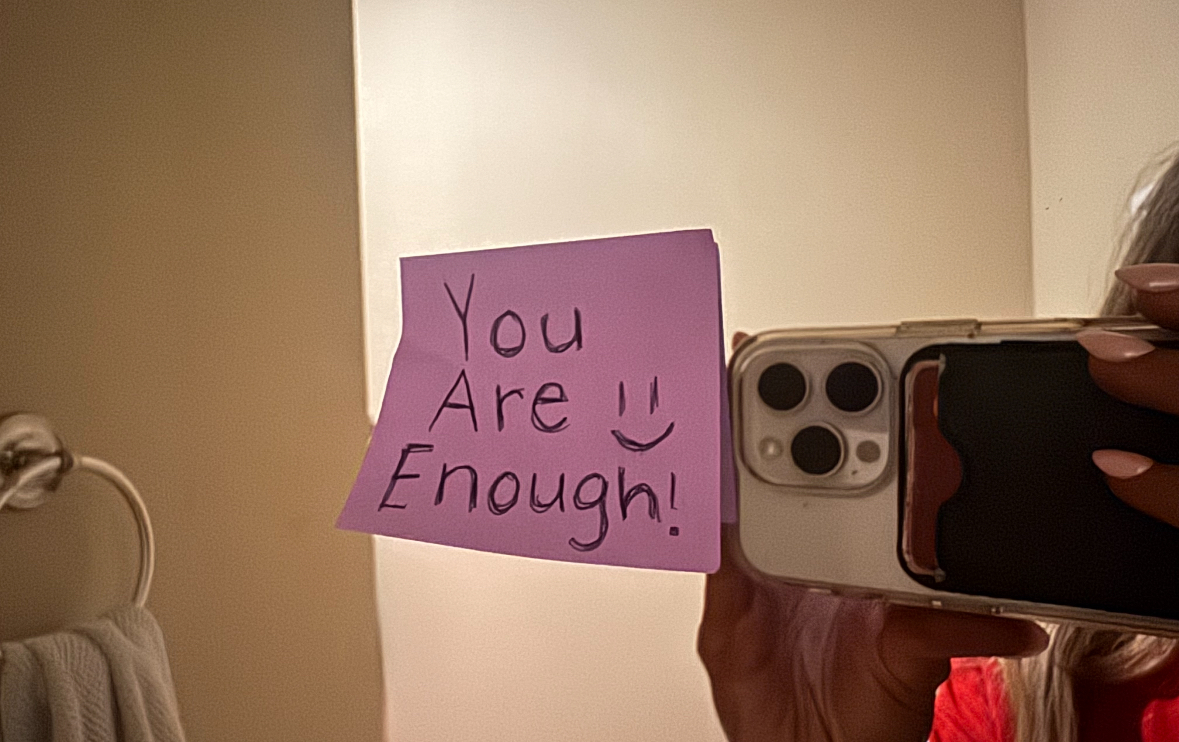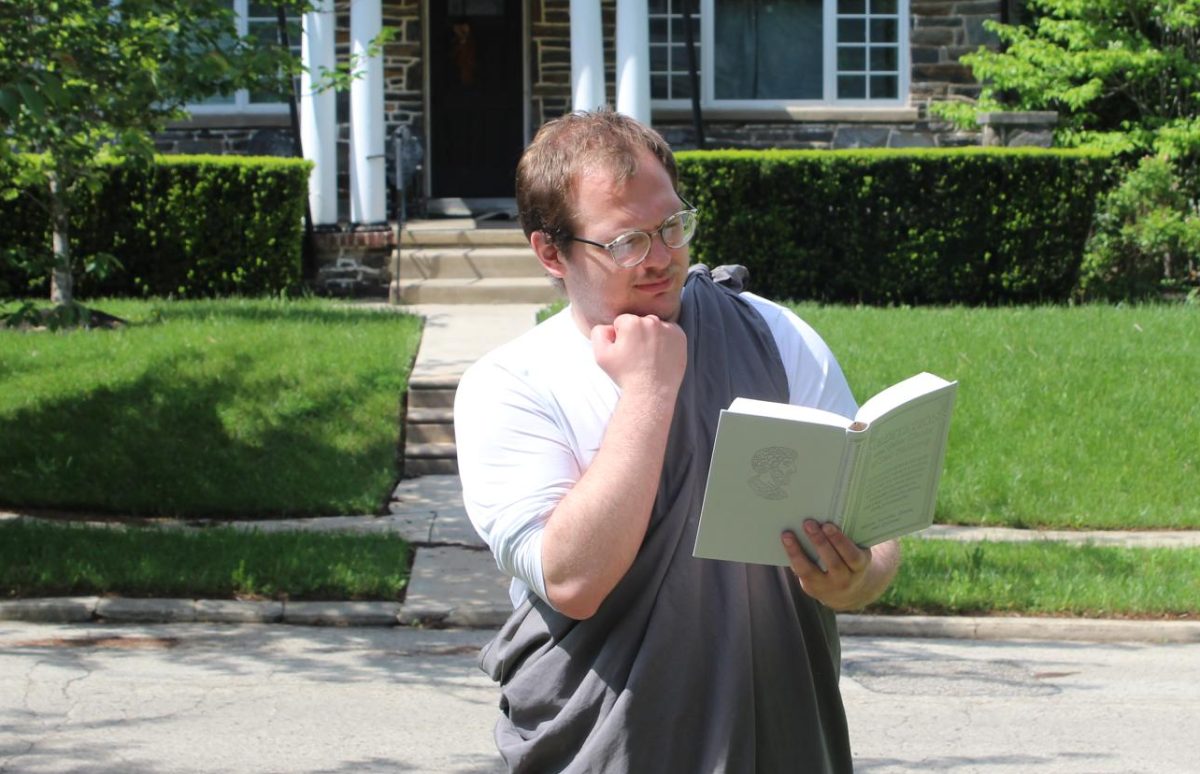I’ve always been a routine-oriented person. I was the type of kid who felt anxious to get back to school after a long summer break because I craved the routine and structure of it.
My Google Calendar is coded in 19 different colors, with things like “eat” and “shower” mapped out when my life gets really busy. I consider myself an expert in routines.
Recently, Mel Robbins, New York Times best-selling author, went viral for what she markets as the “perfect” morning and evening routine. Robbins gained popularity at the start of 2025 with her book, “The Let Them Theory: A Life-Changing Tool That Millions of People Can’t Stop Talking About.” From there, she’s been all over talk shows, podcasts and, of course, the internet.
Robbins’ morning routine consists of waking up on your first alarm, immediately getting out of bed, making your bed, high fiving yourself in the mirror, drinking water before caffeine, getting sunlight and moving your body.
As a routine aficionado, I decided to give this “perfect” routine a go for a few days to see if it would change how I felt. I started day one by doing exactly what Robbins mapped out. I didn’t hit snooze on my alarm. I counted to five and sat up. While doing my dental and skincare routine, I checked off another thing on the list: high-fiving myself in the mirror. It felt a little silly to do this part of the routine, and I couldn’t help but let out a little laugh every time I did it. I completed each of the steps, and I went on with the rest of my day as normal until the evening came. Robbins’ night-time routine is a little less specific. You pick a bedtime, do something to make the next morning easier, clean your mess, tuck your phone in first and take five minutes for yourself. I, once again, completed all of the tasks, using the five minutes for myself as an excuse to put down my homework and read my new book. I did the same thing the next day, except with a little more free time, I decided to use the fact that I had to take out the trash to move my body and get sunlight. I took the long way around the block, trash bag in hand, just letting myself feel the sun. It was a nice way to recenter for five minutes in the morning, even if it felt like everyone was looking at me as I carried a trash bag in my pajamas. I completed the routine for the next four days following that, and the one thing I noticed: I didn’t feel any different. For a routine marketed as “perfect,” I expected to feel a major difference from how I usually feel in the mornings. But I didn’t. Maybe because I already had a routine. Or maybe because the Mel Robbins’ routine just isn’t for me. Marci Berney, executive director of student support and well-being at St. Joe’s, said adding or taking something away from a routine is called a “behavior change” and takes time to assess. “The thing is that usually you don’t start seeing the big rewards or the big changes until you’re in the maintenance phase of change. And that could vary, but in general, they say that you’re not really in the maintenance phase until you’ve been doing something for around six months,” Berney said. Berney also said knowing the motivation behind why you’re making a change helps to better understand the benefits of it. That left me with the question of “Why?” What was my motivation for my routines? For the Mel Robbins method, the answer was easy. I wanted to try out the routine I’ve seen everywhere, see if it makes me feel better and write about it. For my usual routine, it’s just become something I do out of habit. I don’t have to think of what comes next, and I can let my brain gradually wake up as I complete tasks out of muscle memory.
Berney said having a routine in college is generally good for students because it helps reduce anxiety and helps with lessening decision making in the morning. “We all get something called decision fatigue, where you become overwhelmed by the end of the day, or you’re not making the best decisions for yourself,” Berney said. “Having a routine really helps with that, especially when you’re in college.” Cora Moeller ’27 said she has a specific routine she follows when she gets to campus that helps her with managing the decision making and stress that comes with her responsibilities. “I think for a lot of people, it all comes down to time management,” Moeller said. “If I don’t have a routine, then I let myself lose track of everything else that I have to do, and it becomes easier for me to procrastinate. I think being in college, when you have a routine and you know you’re going to do certain things at certain times, it becomes easier to manage, and it doesn’t feel as overpowered. It doesn’t feel like it’s suffocating.” Olivia Lutz ’26 also said having a routine, especially as a commuter, helps her manage her schedule and get to class while avoiding this feeling of decision fatigue. “The moment that I wake up in the morning, I immediately want to go back in bed. So, having all those options predetermined for me, made by a schedule that I planned already, it helps me a lot to not be upset and have a lot of physical anxiety,” Lutz said. “I feel like a lot of my decisions are predetermined, and it’s easier for me.” While I don’t think I’m a Mel Robbins routine convert, I do think there are some parts of her routines I’ll be implementing into mine going forward. I liked forcing myself to get up right away. I liked being intentional with my evening routine to make for an easier morning. And as silly as it was, I liked high-fiving myself. Some of the other things, like walking around the block to take out trash, probably won’t be a permanent addition to my routine. After all, it just comes down to what works for me.


